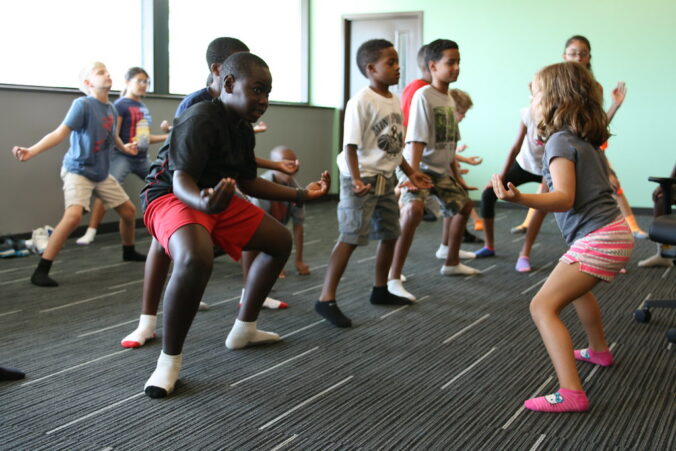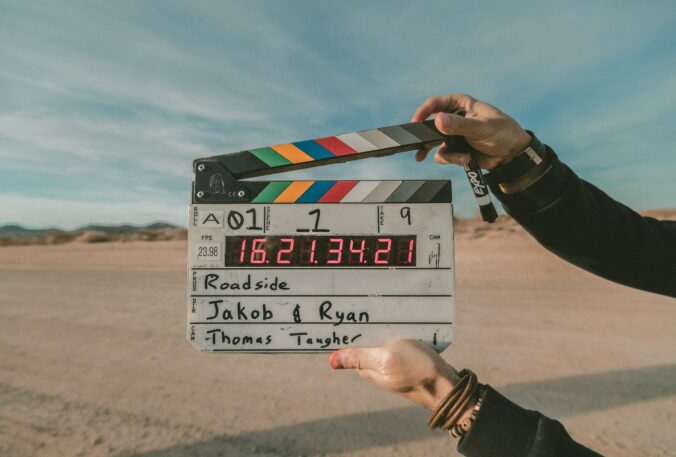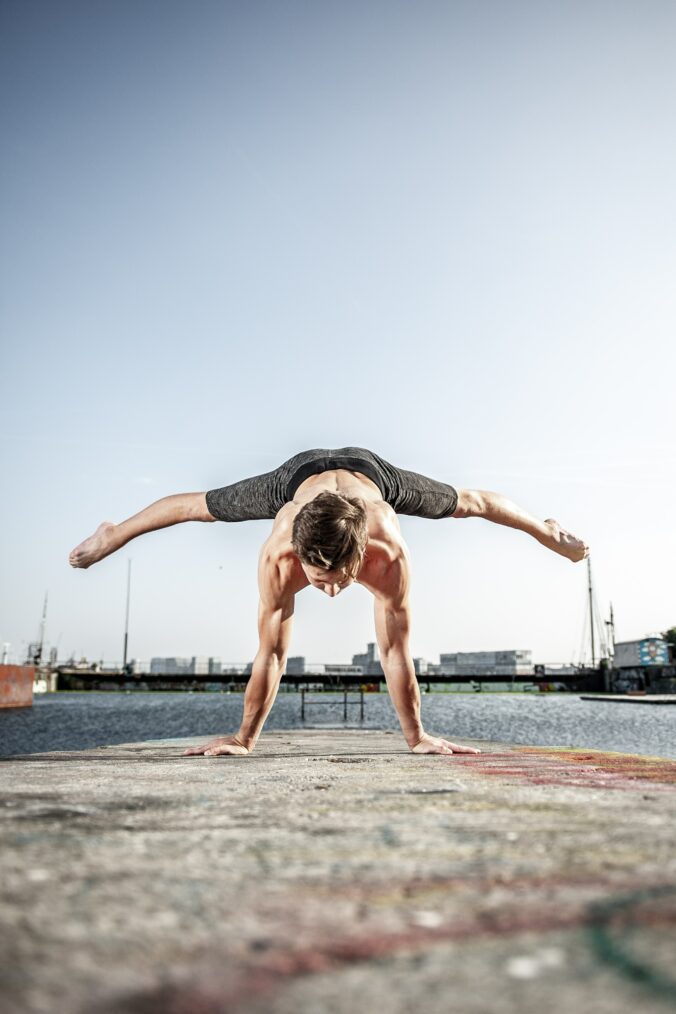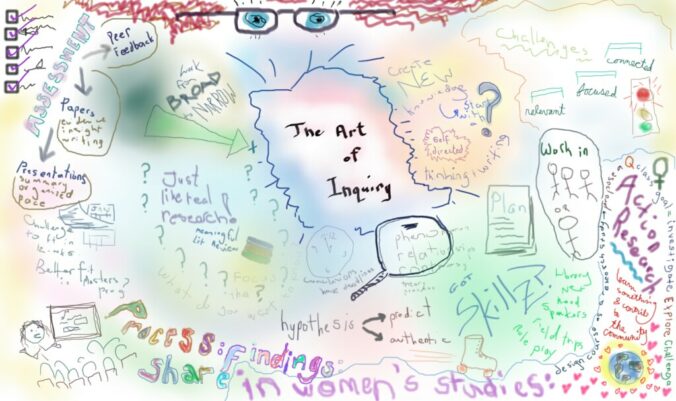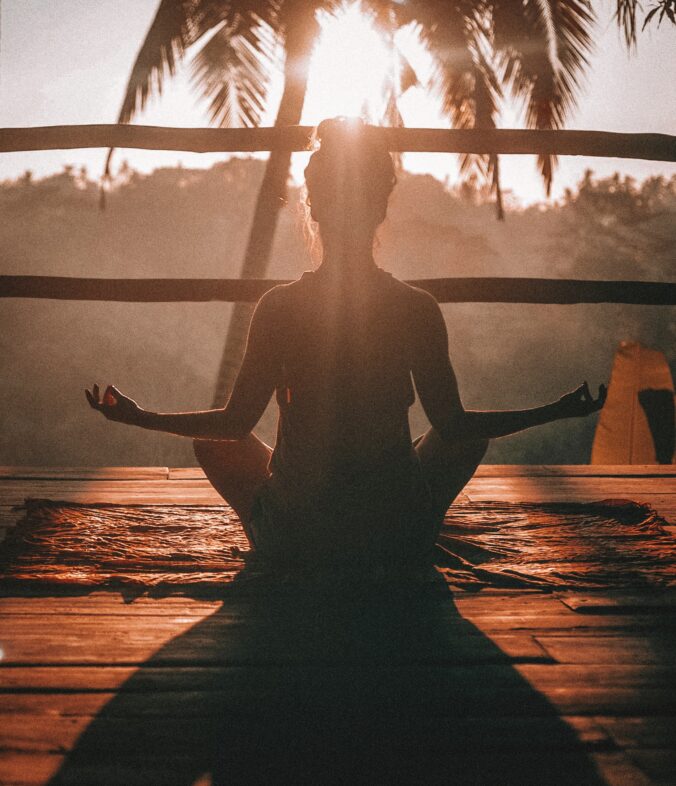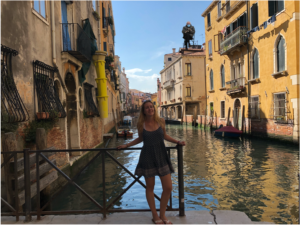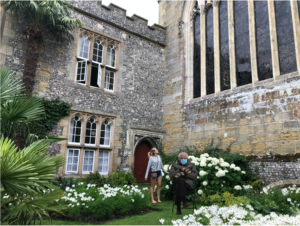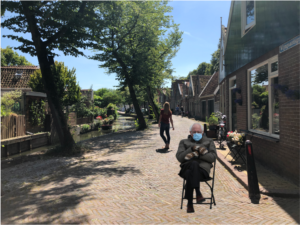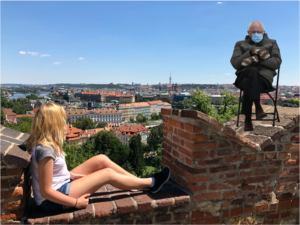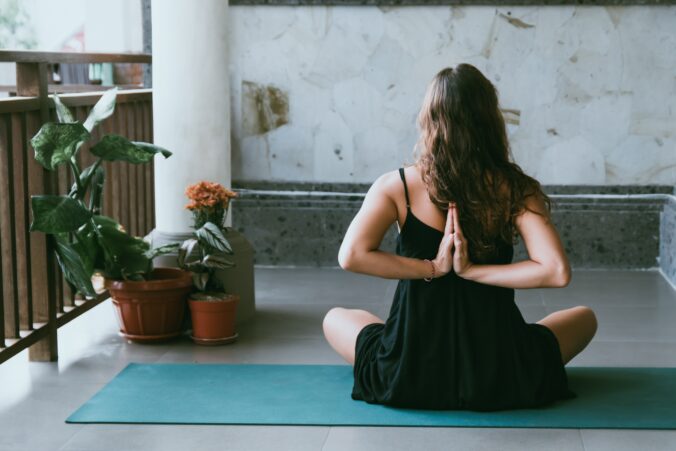“Yoga is the artwork of awareness on the canvas of body, mind, and soul.”
– Amit Ray, “Yoga and Vipassana”
Inspired by our class this week on educational video, I decided to dive into some educational yoga video!
This video by Krishna Sudhir from TED-Ed on YouTube talks about what yoga does to your body and brain.
Yoga Sutras – defined yoga as the restraining of the mind from focusing on external objects in efforts to reach a state of pure consciousness
Overtime, yoga began to incorporate physical elements.
3 core elements remain in common day yoga:
- Physical postures
- Breathing exercises
- Spiritual contemplation
This blend has a unique sense of health advantages:
- boosts strength & flexibility
- improves heart and lung function
- enhances psychological well-being
What have studies shown?
- it is tough to make specific claims
- it is difficult to determine which component of yoga is improving which health benefit
Flexibility & Strength
- stretching helps muscles become more elastic
- no one form of yoga has been shown to improve flexibility more
- helpful at reducing pain and benefits breathing related to some chronic conditions
Psychological Effects
- little conclusive evidence of how yoga helps
- there is evidence to suggest yoga can help reduce symptoms of stress
Classroom Recordings of Yoga
I have been starting to think about how I can incorporate yoga into my classroom. Educational videos from other teachers are helpful so that I can see how they teach yoga. Here are a few that I’ve found, that would be classified as a “classroom recording” educational video
Standing Yoga Sequence
Chair Yoga
Physical Activity Breaks – Ready to Learn!
There are so many educational yoga videos available. As a teacher, there are many videos you could play for your class to follow. Additionally, teacher’s can show kids videos about the benefits of yoga. Also, teacher’s can use videos to learn for themselves to be able to pass that knowledge along!
